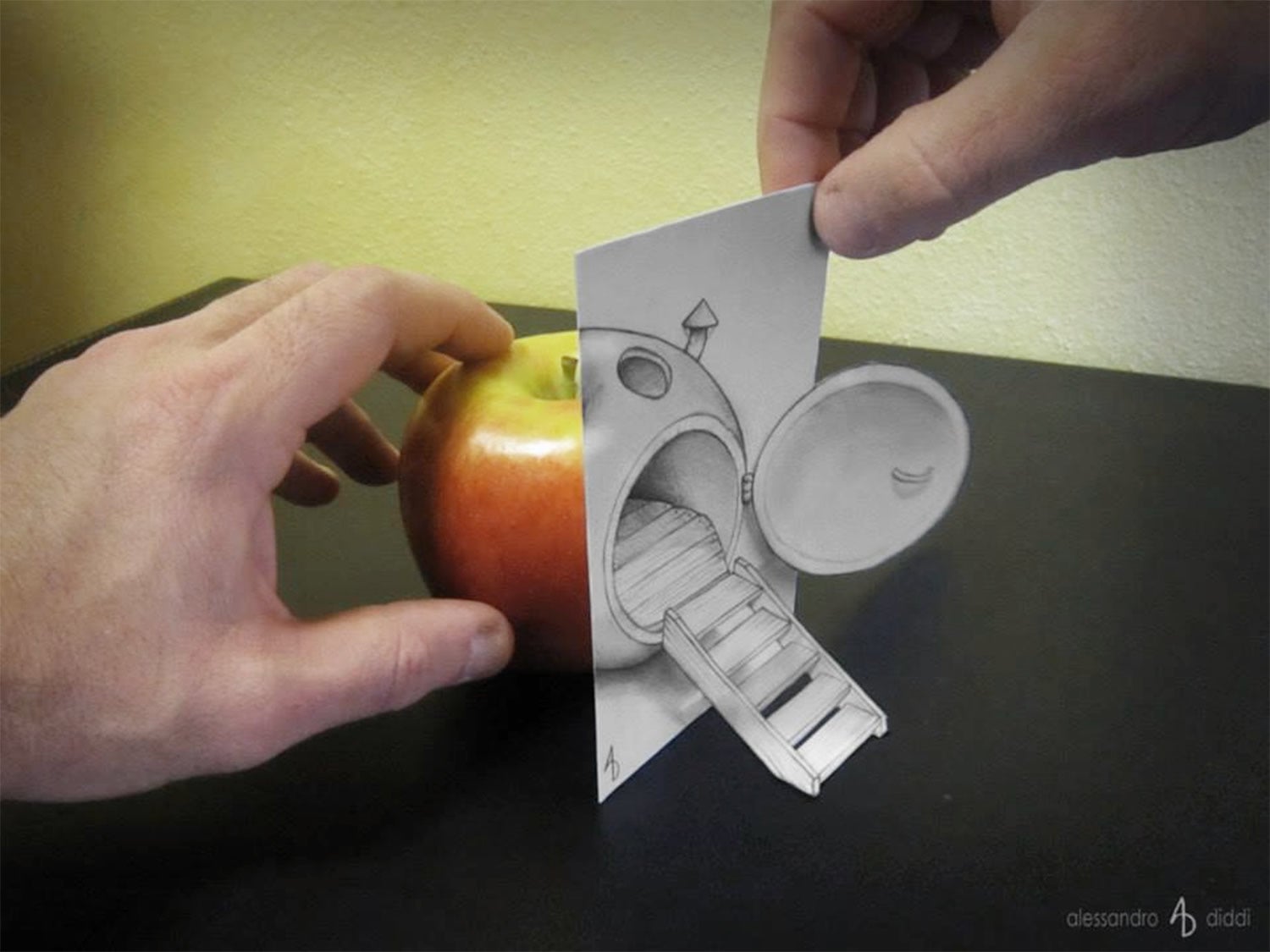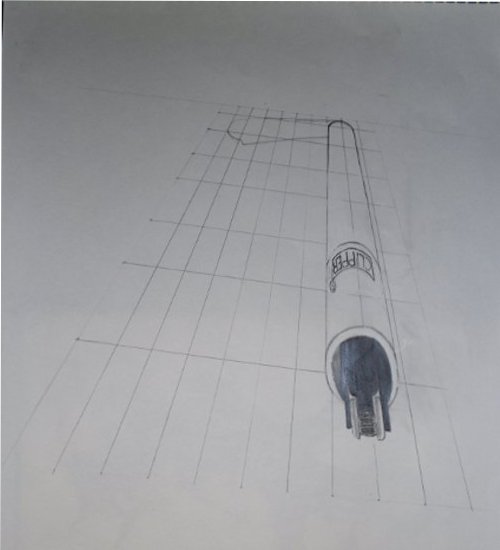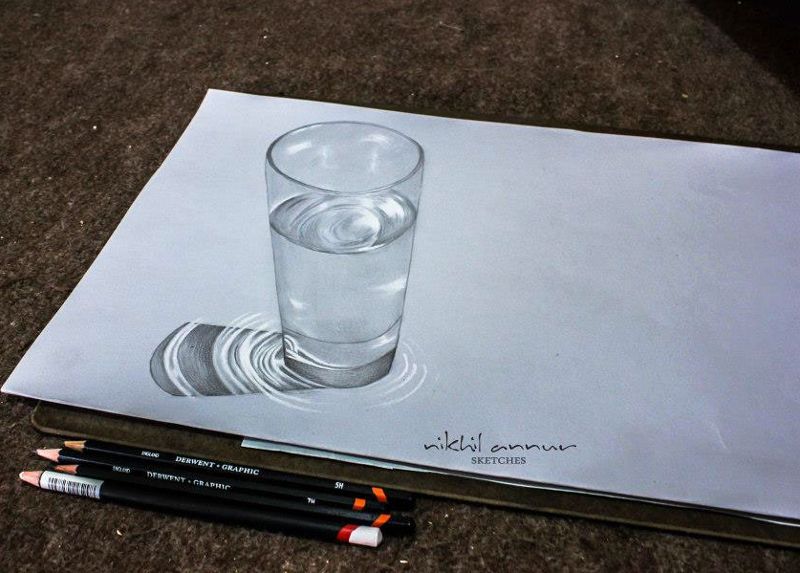

Unlike perspective anamorphosis, catoptric images can be viewed from many angles. The length of the flat drawing's curves are reduced when viewed in a curved mirror, such that the distortions resolve into a recognizable picture.


The deformed picture relies on laws regarding angles of incidence of reflection. With mirror anamorphosis, a conical or cylindrical mirror is placed on the distorted drawing or painting to reveal an undistorted image. Early examples of perspectival anamorphosis date to the Renaissance of the fifteenth century and largely relate to religious themes. More complex anamorphoses can be devised using distorted lenses, mirrors, or other optical transformations.Īn oblique anamorphism forms an affine transformation of the subject. There are two main types of anamorphosis: perspective (oblique) and mirror ( catoptric).


 0 kommentar(er)
0 kommentar(er)
